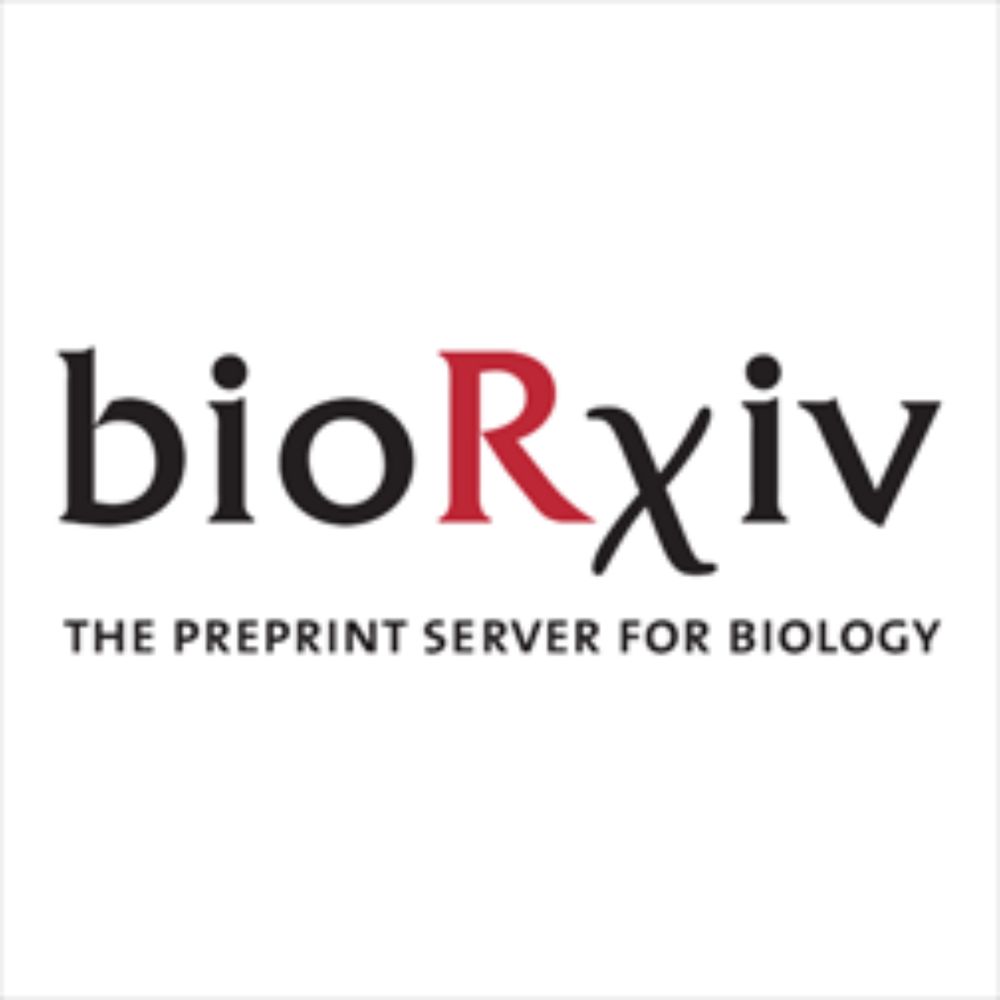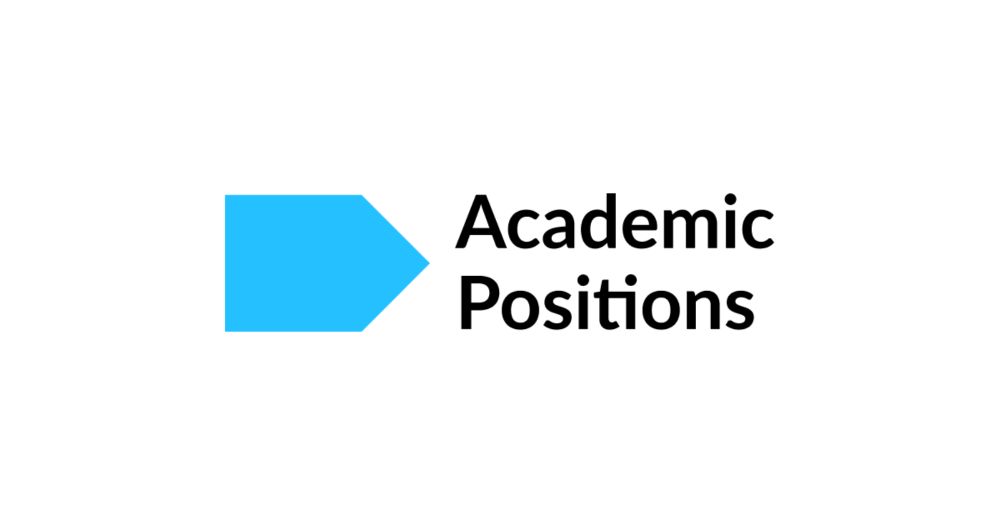This study highlights the power of combining EEG and fMRI, together with hypothesis-driven stimulus designs, to untangle the spatiotemporal dynamics of object representations. 9/9
09.11.2025 13:48 — 👍 1 🔁 0 💬 0 📌 0
In conclusion, different dimensions related to animacy show very different representational dynamics, and some of them (in this case: animal taxonomy) reflect perceptual selectivity for faces vs bodies. 8/n
09.11.2025 13:48 — 👍 0 🔁 0 💬 1 📌 0
The same EEG study also revealed that the binary animacy distinction (animate vs inanimate) shows a slower, more sustained profile—emerging later and lasting longer. 7/n
09.11.2025 13:48 — 👍 1 🔁 0 💬 1 📌 0
🧠 Key finding: The representational dynamics of Face/body and taxonomy distinctions are very similar, with a peak around 150 ms after stimulus onset. 6/n
09.11.2025 13:48 — 👍 1 🔁 0 💬 1 📌 0
A prediction of this fmri study is that taxonomic selectivity should have a similar time course as selectivity for faces vs bodies. We tested this prediction using EEG, which offers high temporal resolution. 5/n
09.11.2025 13:48 — 👍 0 🔁 0 💬 1 📌 0
First, the animacy distinction seems gradual rather than binary (‘taxonomic effects’: insects are less animate than mammals …). Second, it is unclear to which extent effects of animacy & taxonomy are driven by the known selectivity for faces and bodies and associated category-selective regions. 3/n
09.11.2025 13:48 — 👍 0 🔁 0 💬 1 📌 0
Several dimensions and distinctions characterize behavioral and neural representations of objects. The distinction between animate and inanimate objects seems particularly strong, but has proven difficult to understand. The new paper addresses two issues. 2/n
09.11.2025 13:48 — 👍 0 🔁 0 💬 1 📌 0
It's finally out! Our work with @hansopdebeeck.bsky.social & @costantinoai.bsky.social is published.
We went looking for dissociations between types of recurrence in DNNs, but we found something quite different.. hopefully that can tell us somehting about our models!
rdcu.be/eLwBA
27.10.2025 16:18 — 👍 16 🔁 2 💬 0 📌 1

Text of the call for papers which can be found here: https://jov.arvojournals.org/ss/visionlanguageinterface.aspx
Hello vision scientists & linguists! The Journal of Vision is publishing a special issue on “The Vision-Language Interface.” Send in your research about reading, perceptual learning, sign language, dyslexia, etc! jov.arvojournals.org/ss/visionlan... #neuroskyence #VisionScience #PsychSciSky
23.10.2025 21:33 — 👍 37 🔁 22 💬 1 📌 1

Distinct neural processing underlying visual face and object perception in dyslexia
Developmental dyslexia is a disorder marked by difficulties in reading, spelling, and connecting sounds to written language. The high-level visual dys…
Excited to share a new article from @icevislab.bsky.social! In a sample of over 60 people, we found distinct neural differences underlying object and face recognition in dyslexia. These findings highlight crucial domain-general visual processes that may contribute to word reading challenges.
23.09.2025 15:03 — 👍 15 🔁 8 💬 1 📌 2
“Waar zijn de personages die kinderen leren dat ze niet hoeven te wachten tot iemand anders de wereld redt, maar dat ze zelf het verschil kunnen maken?”
01.08.2025 18:20 — 👍 0 🔁 1 💬 0 📌 0
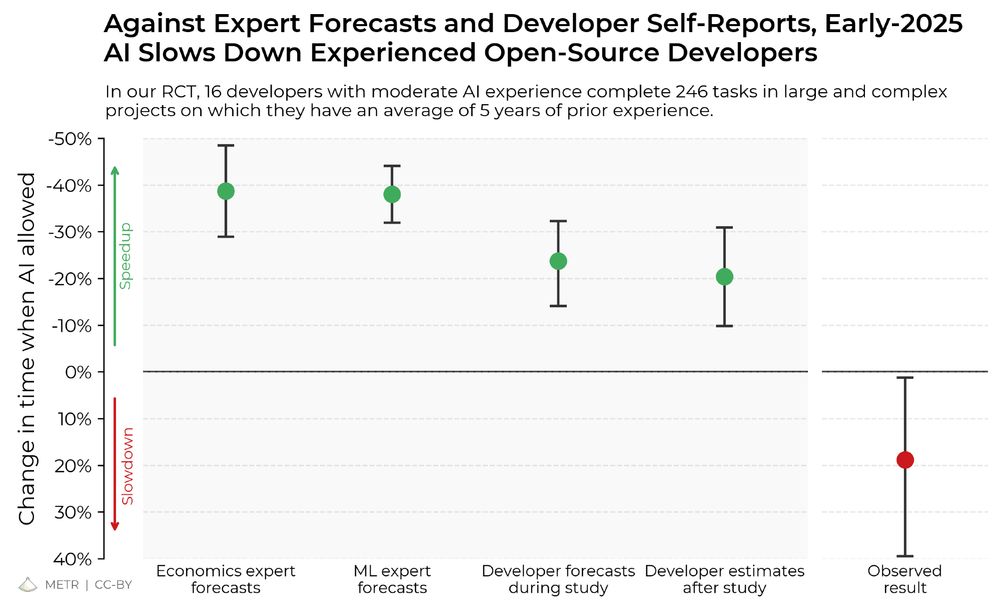
We ran a randomized controlled trial to see how much AI coding tools speed up experienced open-source developers.
The results surprised us: Developers thought they were 20% faster with AI tools, but they were actually 19% slower when they had access to AI than when they didn't.
10.07.2025 19:46 — 👍 6913 🔁 3025 💬 107 📌 624

Journal of Vision Special Issue
The vision-language interface
Call for papers
Vision and language are often considered to be separate cognitive systems, studied by separate research teams. However, they interact when we use vision for linguistic communication: when reading printed text, when describing verbally the things we see, and when observing the expressions and gestures of an interlocutor (during sign language, for example). The development of these critical skills changes the brain, such that the visual and language systems influence one another. In particular, regions of the cerebral cortex that are typically responsive to visual stimuli are also recruited for linguistic tasks. But some of those ideas are controversial. For instance, for well over a century scientists have debated whether the brains of literate individuals contain a region that is specialized for recognizing written
words.
The Journal of Vision invites submissions for a Special Issue on the interface between vision and language. The unique perspectives and techniques of vision science contribute much to the understanding of language. This special issue welcomes empirical papers that use behavioral/psychophysical, neuroimaging, electrophysiological and stimulation methods.
Topics include, but are not limited to:
- Functional specialization in the brain for reading and naming
- Semantic representations in the brain
- Letter recognition and perceptual learning
- Sign language comprehension
- Eye movements during reading or other linguistic tasks
- Development of visual skills for reading and communication
- Links between visual cortical activity and representations in large language models
- Visual processing differences in dyslexia
Editors:
Susana Chung
Kalanit Grill-Spector
Garikoitz Lerma-Usabiaga
Hans Op de Beeck
Zeynep Saygin
Alex White
Oscar Woolnough
Deadline for submissions: December 31, 2025. All
papers will be subject to peer review.
For everyone out there working at the intersection of vision and language. We are currently accepting submissions for a Journal of Vision Special Issue on the vision-language interface
Submission deadline: Dec 31st
jov.arvojournals.org/ss/visionlan...
#neuroskyence #VisionScience #PsychSciSky
08.07.2025 17:50 — 👍 9 🔁 8 💬 1 📌 0
NeuroCog » November 17-18, 2025
NEUROCOG 2025 is taking place in Brussels Nov 17–18!
The theme: AI and the Human Brain 🤖 🧠
We’re thrilled to welcome 6 amazing invited speakers:
@evfedorenko.bsky.social, @nicoschuck.bsky.social, @summerfieldlab.bsky.social, @jeffreybowers.bsky.social, @irisgroen.bsky.social & @mtoneva.bsky.social
04.06.2025 13:44 — 👍 21 🔁 17 💬 1 📌 2
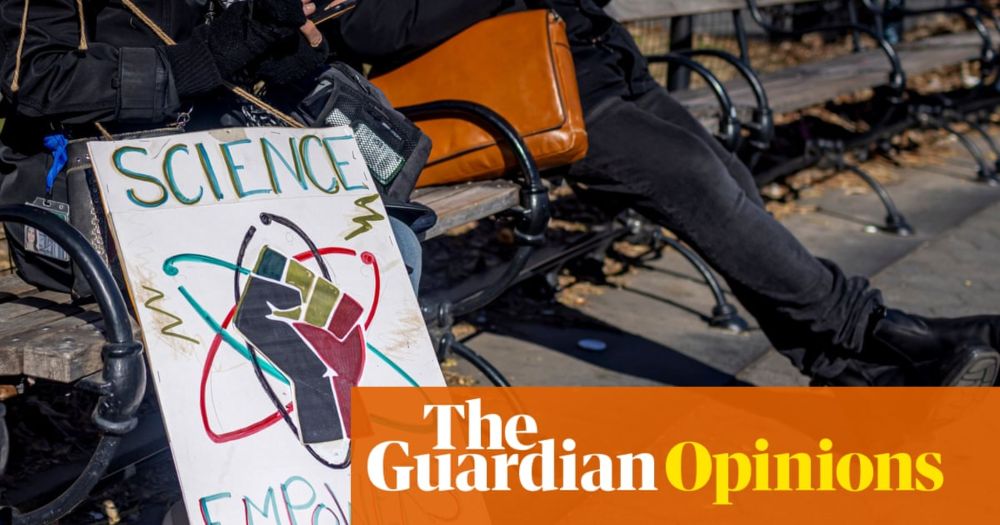
Trump’s new ‘gold standard’ rule will destroy American science as we know it | Colette Delawalla
The new executive order allows political appointees to undermine research they oppose, paving the way to state-controlled science
Trump’s new ‘gold standard’ rule will destroy American science as we know it" by Colette Delawalla (@cdelawalla.bsky.social), Victor Ambros, Carl Bergstrom, Carol Greider, Michael Mann and Brian Nosek for @theguardian.com: www.theguardian.com/commentisfre...
29.05.2025 13:03 — 👍 365 🔁 221 💬 12 📌 33
I came with my own money (Belgian & international fellowships), and during my stay I spent many tens of thousands of US dollars. I myself motivated and helped other researchers to do the same. This is an unbelievably stupid decision, with global and long-term consequences. 3/3
23.05.2025 11:44 — 👍 4 🔁 0 💬 1 📌 0
It will make bright researchers from other countries think twice before embarking on a US adventure. This is a major loss, in particular for USA. As I witnessed from within, US science benefited enormously from the presence of the international scholars. The economic gains were also substantial. 2/3
23.05.2025 11:44 — 👍 0 🔁 0 💬 1 📌 0
As a prior J1 visa holder (postdoc at MIT), I express my support for all those affected by this decision. The possibility of such a sudden and politically motivated stop of enrollment of international students and scholars will have a chilling effect on the prestige of all US institutes. 1/3
23.05.2025 11:44 — 👍 10 🔁 1 💬 1 📌 0
Tomorrow tuesday afternoon at @vssmtg.bsky.social , our poster about what it takes for the brain and AI models to process the valence of complex and ambiguous social scenes
20.05.2025 03:10 — 👍 7 🔁 2 💬 0 📌 0

The cuts to NIH and NSF will cost 100s of billions in the short term and will reduce GPT by ~7% over the next 25-30 years
03.05.2025 16:42 — 👍 7 🔁 2 💬 0 📌 0
Can confirm that my NSF grant "How False Beliefs Form & How to Correct Them" was cancelled today because it is "not in alignment with current NSF priorities" Shocking that understanding how people are misled by false information is now a forbidden topic. Our work will continue but at a smaller scale
18.04.2025 22:40 — 👍 3085 🔁 1370 💬 143 📌 64
Call for new research group leaders… literally 50 meters from NeuroSpin and its 6 MRI magnets and MEG!
Come work with us !
03.03.2025 21:13 — 👍 27 🔁 17 💬 1 📌 0
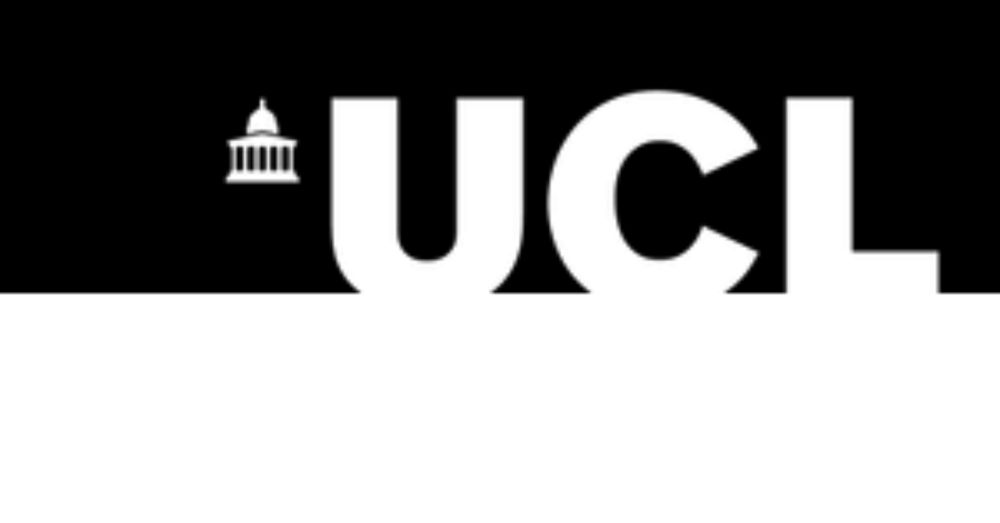
UCL – University College London
UCL is consistently ranked as one of the top ten universities in the world (QS World University Rankings 2010-2022) and is No.2 in the UK for research power (Research Excellence Framework 2021).
We have an opening for a 12 month Research Assistant post, funded by an ERC grant. The postholder would help with several neuroimaging projects, including MEG and 7T fMRI. Please repost and share with anyone who may be interested. www.ucl.ac.uk/work-at-ucl/... #neuroskyence #Neuroimaging
14.02.2025 11:26 — 👍 65 🔁 59 💬 2 📌 4
Hearing from a govt contractor that Dept of Education is terminating What Works Clearinghouse (WWC) contracts.
WWC is a website that rigorously evaluates education policies, programs, and products to determine what's effective and not. It's an invaluable tool for school, district, state leaders
10.02.2025 22:41 — 👍 1026 🔁 393 💬 37 📌 56
Assistant professor at @KU_Leuven, working on #confidence, #decisionmaking and #cognitivecontrol => DesenderLab.com
Redacteur bij @vetobe.bsky.social | Student geschiedenis | Liefde voor Parijs🗼 | lezersbrieven naar opinie@veto.be
veto.be
Post-doctoral Researcher @dkaiserlab.bsky.social Justus Liebig University Gießen, studying multisensory perception, using fMRI, EEG, and computational models.
Neuroscience & functional ultrasound imaging. Vision and brain states. Professor at University Medical Center Göttingen. https://brainwidenetworks.uni-goettingen.de/ Co-Spokesperson, EKFZ Center for Optogenetic Therapies. https://ekfz.uni-goettingen.de/en/
Cognitive neuroscientist exploring how sensory experience shape conceptual knowledge, using neuroimaging and behavioural approaches.
ER doc, public health professional, researcher, and former chief medical officer at the CDC. Working to improve health in communities while figuring out what is next for me
Professor of Neuroscience 👩🎓
own views 🐙 anastasia.christakou.org
https://orcid.org/0000-0002-4267-3436
children's welfare | science | 🧠 brains & their people
Cognitive Neuroscience - Music - Rhythm and Brains Lab
www.hunterschone.com
Assistive technologies and neuroplasticity | NIH BRAIN Initiative postdoctoral fellow in the Collinger lab at the University of Pittsburgh | Prev: UCL and NIMHgov | 🏳️🌈
🧠scientist, child neuro PGY2 at NYU via Pitt-CMU MSTP. Interest in: Epilepsy | Autism | Plasticity | Neuroimaging | Med/grad ed | Health justice. My views. he/him
Senior Research Fellow @ ucl.ac.uk/gatsby & sainsburywellcome.org
{learning, representations, structure} in 🧠💭🤖
my work 🤓: eringrant.github.io
not active: sigmoid.social/@eringrant @eringrant@sigmoid.social, twitter.com/ermgrant @ermgrant
CUNY, Jewish Currents, New York Times, MSNBC. Foundation for Middle East Peace fellow.
Simons Postdoctoral Fellow in Pawan Sinha's Lab at MIT. Experimental and computational approaches to vision, time, and development. Just joined Bluesky!
Collen-Francqui professor @ University of Antwerp. Neurologist @ UZA. I study cognition with neuroimaging/physiology in ageing/neurodegeneration. Maths enthusiast.
PhD student @mps-cognition & BCCN berlin | vision, neuroscience & the easy problems of consciousness | @mesec-community cofounder | 🇪🇺 🇭🇷
journalist / founder @ thehandbasket.co
email: MKwrites4000@proton.me
signal: https://signal.me/#eu/VssgH88q6WQu7MtH5wF-08JdgWh4iAPWD13eXiOcXQNGdZUXijJBZInD-UtLJKFG
venmo: venmo.com/u/Marisa-Kabas
ko-fi: https://ko-fi.com/marisakabas
The Night Science Podcast explores the creative scientific process, with your hosts Itai Yanai (@itaiyanai.bsky.social) and Martin Lercher.
https://nightscience.buzzsprout.com/
http://youtube.com/@NightSciencePodcast
Former journalist running for Congress (IL-09) because we deserve Democrats who actually do something | katforillinois.com
Prof at UniMelb. I'm a computational cognitive scientist studying human inference, learning, information systems, culture, and (mis/dis)info. Nerd & opinionated loudmouth in Oz, originally from America, citizen of both. Parent of two. 🏳️⚧️ perfors.net
Assoc prof @UDelaware | social neuroscientist interested "us vs them" and "human vs AI" | Mexican, Indigenous, Japanese First Gen | #UDPBS | @UDPOSCIR | 🧠
https://www.ifsnlab.org/




